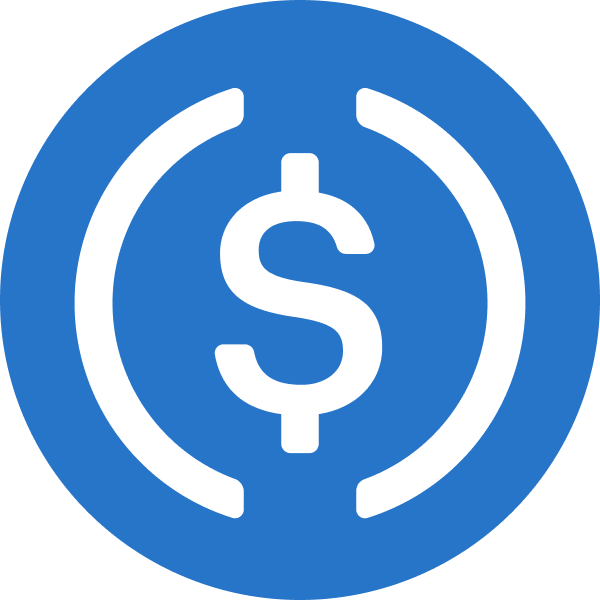
Beta Finance
BETA
Beta Finance non è disponibile per il trading su Coinbase Exchange, ma è supportato su Coinbase Wallet

Acquista Beta Finance con Coinbase Wallet
Puoi scambiare Beta Finance tramite Coinbase Wallet, la tua chiave per il mondo cripto.
Beta Finance è disponibile solo tramite Coinbase Wallet. Le risorse detenute in Coinbase Wallet non sono conservate da Coinbase. L'uso di Coinbase Wallet è soggetto a queste condizioni.
Ricevi fino a 200 USD quando ti registri
Guadagna criptovalute gratuitamente dopo aver effettuato il tuo primo acquisto. Operazione soggetta a condizioni.

Somma dei risparmi e premi medi stimati guadagnati per utente nel 2021 su più programmi Coinbase (esclusi i concorsi a premi). Questo importo include l'esonero dalle commissioni di Coinbase One (escluso il costo dell'abbonamento), i premi dalla Coinbase Card e i premi per lo staking.
Mercato
Notizie su Beta Finance
Asset correlati
Calcolatrice Beta Finance
Coinbase Bytes
Il prezzo di Beta Finance è in ascesa questa settimana.
Il prezzo di Beta Finance è increased del 0,34% nell'ultima ora e decreased del 3,40% nelle ultime 24 ore. Inoltre, il prezzo di Beta Finance è risen del 4,24% nell'ultima settimana. Il prezzo attuale di BETA è pari a 0,0742 USD, con un volume di scambi su 24 ore pari a 2,89 Mio USD. Attualmente, il valore di Beta Finance è inferiore del 96,93% rispetto al suo massimo storico di 2,42 USD. Questo massimo storico è stato il prezzo più elevato pagato per Beta Finance dal suo lancio.
L'attuale offerta in circolazione di Beta Finance è di 798.484.848 BETA, il che significa che Beta Finance ha una capitalizzazione di mercato totale di 798.484.848.
Domande frequenti
Scopri i profili ENS
Esplora il mondo dei profili Ethereum Name Service (ENS). Connettiti, impara e interagisci con la community Web3 su profile.coinbase.com. Dai un'occhiata ad alcuni dei profili ENS più popolari qui sotto.
Alcuni contenuti specifici sono stati preparati da terzi non affiliati a Coinbase Inc. o da una delle sue affiliate, e Coinbase non è responsabile di tali contenuti. Coinbase non è responsabile di eventuali errori presenti nei contenuti o di eventuali azioni intraprese in relazione a qualsiasi di questi contenuti. I contenuti delle notizie e le recensioni di terze parti sono forniti solo a scopo informativo e non devono essere considerati come consigli di investimento. Queste informazioni non costituiscono una raccomandazione per l'acquisto o la vendita di un determinato asset digitale o per una strategia di investimento. Coinbase non rilascia alcuna garanzia in merito all'accuratezza o all'idoneità o alla validità delle informazioni fornite o per un determinato asset. I prezzi sono indicati a solo scopo illustrativo. I prezzi effettivi della criptovaluta e i relativi dati statistici possono variare. I dati qui presentati possono riflettere gli asset scambiati sulla piattaforma Coinbase e altre piattaforme di scambio di criptovaluta selezionate.

















































